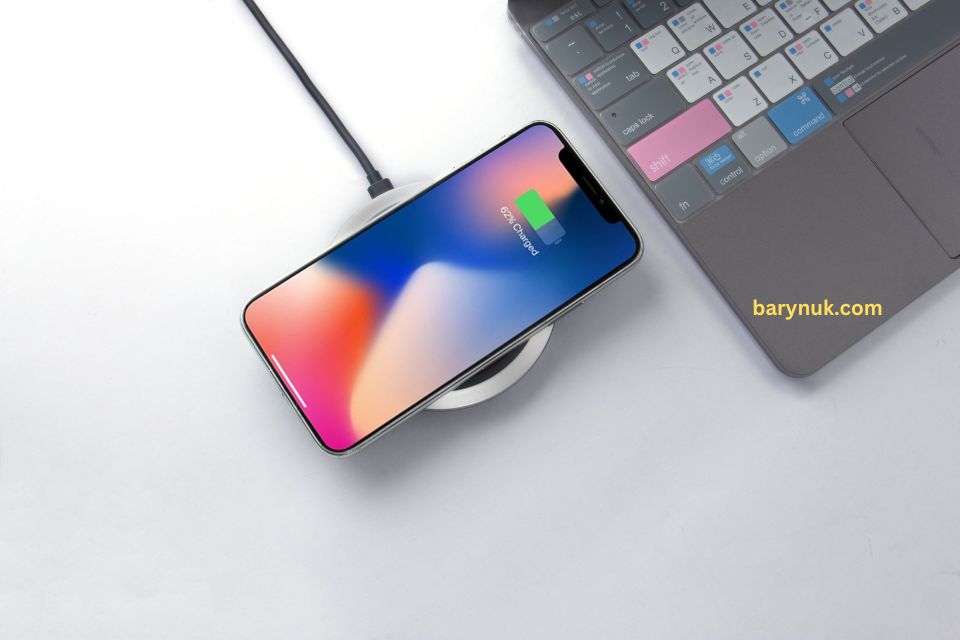Dive into the world of USB-C, a revolutionary connector standard that promises to change the way we interact with our gadgets. This section offers a brief overview of the inception and evolution of USB-C technology, highlighting its key features and the unique advantages it brings to the table. Whether you’re a tech enthusiast keen on understanding the latest innovations or someone curious about the little port on your new device, this introduction will set the stage for the comprehensive exploration that follows.
The Rise of USB-C Power Hubs in Modern Gadgets

Explore the transformative journey of USB-C power hubs as they rapidly carve their niche in today’s gadget landscape. In this segment, we’ll trace the ascent of USB-C from its early adoption in flagship devices to its current widespread integration in everything from smartphones to laptops. Discover how the flexibility, speed, and universal appeal of USB-C have made it a favored choice among tech giants and consumers alike, positioning it as a pivotal element in modern electronic design and functionality.
Key Benefits of Using USB-C Charging Solutions

Venture into the myriad benefits that USB-C charging brings to the fore. This section delves deep into the compelling advantages, from faster charging speeds to its versatile reversible design. Learn about the efficiency gains from using USB-C, its potential to declutter your workspace by reducing the need for multiple cables, and the innovative power delivery system that ensures devices get just the right amount of power. Grasp the full spectrum of what makes USB-C not just a trend, but a genuine improvement in how we power and connect our devices.
How USB-C Stands Out From Other Charging Standards

Set out on a comparative journey, contrasting USB-C with its predecessors and contemporaries. In this section, we shed light on the technical and user-centric distinctions that set USB-C apart from other charging standards like USB-A, USB-B, and micro-USB. Understand the nuances of data transfer rates, physical design differences, and compatibility enhancements. By drawing these comparisons, gain a clear perspective on why USB-C has emerged as a frontrunner in the race for the ultimate universal connector.
Common Devices and Gadgets Supporting USB-C Charging

Step into the expansive ecosystem of devices that have embraced the USB-C revolution. This segment provides a comprehensive list and insights into popular gadgets—from smartphones and tablets to laptops and gaming consoles—that have integrated USB-C ports for charging and data transfer. As manufacturers across the board adopt this standard, get acquainted with the breadth of options available in the market. Whether you’re considering a purchase or merely staying updated, this section offers a snapshot of the contemporary USB-C device landscape.
Safety and Efficiency: Why USB-C is a Game-Changer

Delve into the pivotal aspects of safety and efficiency that USB-C introduces to the realm of electronic devices. This section elucidates the advanced mechanisms in place to prevent overcharging, manage heat, and ensure a stable connection. Learn about the Power Delivery (PD) protocol, which allows devices to negotiate optimal power levels, ensuring quicker and safer charging experiences. Grasp how USB-C’s innovative design and technology standards represent a significant leap forward, not just in convenience, but also in ensuring a safer and more efficient power exchange for a vast array of gadgets.
Potential Challenges and Concerns with USB-C Adoption

While USB-C boasts numerous advantages, it’s essential to be aware of the challenges and concerns associated with its widespread adoption. This section provides a balanced view, discussing potential pitfalls, compatibility issues, and the market confusion caused by varying USB-C specifications and standards. Additionally, we’ll address concerns about hardware longevity, potential security vulnerabilities, and the need for adaptors during this transitional phase. By understanding these challenges, users can make informed decisions and navigate the evolving USB-C landscape with confidence and clarity.
Conclusion
Conclude the exploration by reflecting on the overarching impact and potential future trajectory of USB-C in the tech industry. In this closing segment, we’ll synthesize the information presented throughout the article, weighing the pros against the cons, and pondering the long-term viability of USB-C as the ultimate universal charging and data transfer solution. Will USB-C stand the test of time, or will it be surpassed by another technological innovation? Join us in this contemplative wrap-up as we gaze into the future of device connectivity and charging.
FAQs
What is USB-C and how is it different from other USB types?
Answer: USB-C refers to a universal connector standard that’s known for its reversible design and versatility. Unlike previous USB versions like USB-A or micro-USB, USB-C supports faster data transfer rates and can deliver more power. Its symmetrical, compact design allows for a single cable type to charge various devices, from smartphones to laptops.
2. Can I use a USB-C cable to charge all my devices?
Answer: While many modern devices support USB-C charging, it’s important to ensure compatibility. Not all devices can be charged with every USB-C cable, especially when considering the varying power requirements. Always refer to the device’s manufacturer guidelines to ensure safe and effective charging.
3. Are all USB-C cables capable of fast charging?
Answer: Not necessarily. While USB-C can support fast charging, the actual speed depends on the cable and the power adapter you’re using. For fast charging capabilities, ensure your cable, adapter, and device all support USB Power Delivery (PD) or other fast-charging standards.
4. Why do some USB-C cables transfer data more quickly than others?
Answer: The data transfer speed of a USB-C cable depends on its specification. For instance, a USB 2.0 Type-C cable might have slower transfer speeds compared to a USB 3.2 Type-C cable. Always check the cable’s specifications to know its data transfer capabilities.
5. Is it safe to use third-party USB-C cables with my device?
Answer: While many third-party cables are of high quality, there are also inferior products on the market. It’s crucial to purchase cables from reputable brands and vendors. Using low-quality cables can pose risks such as damaging your device or even potential fire hazards. Always check for certifications and user reviews before purchasing.



